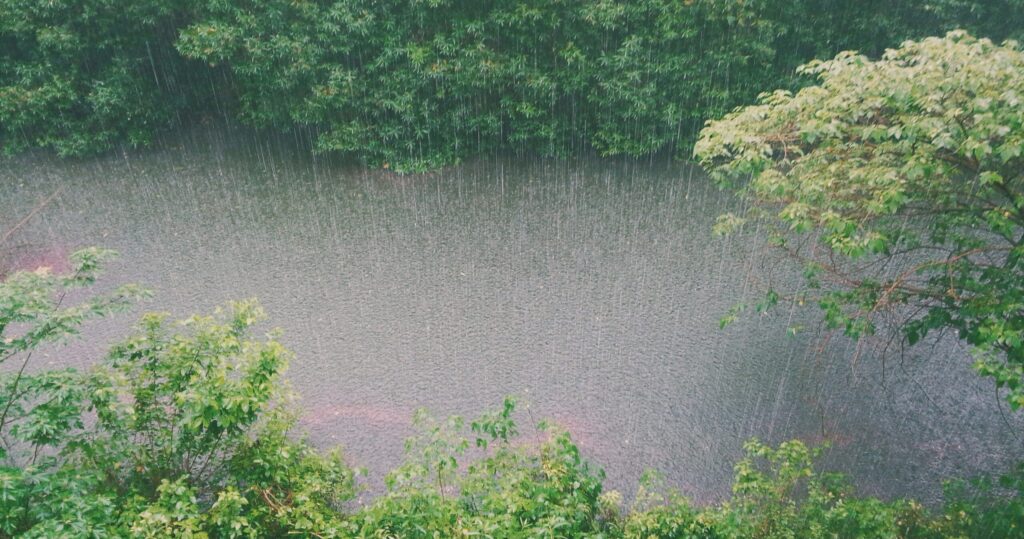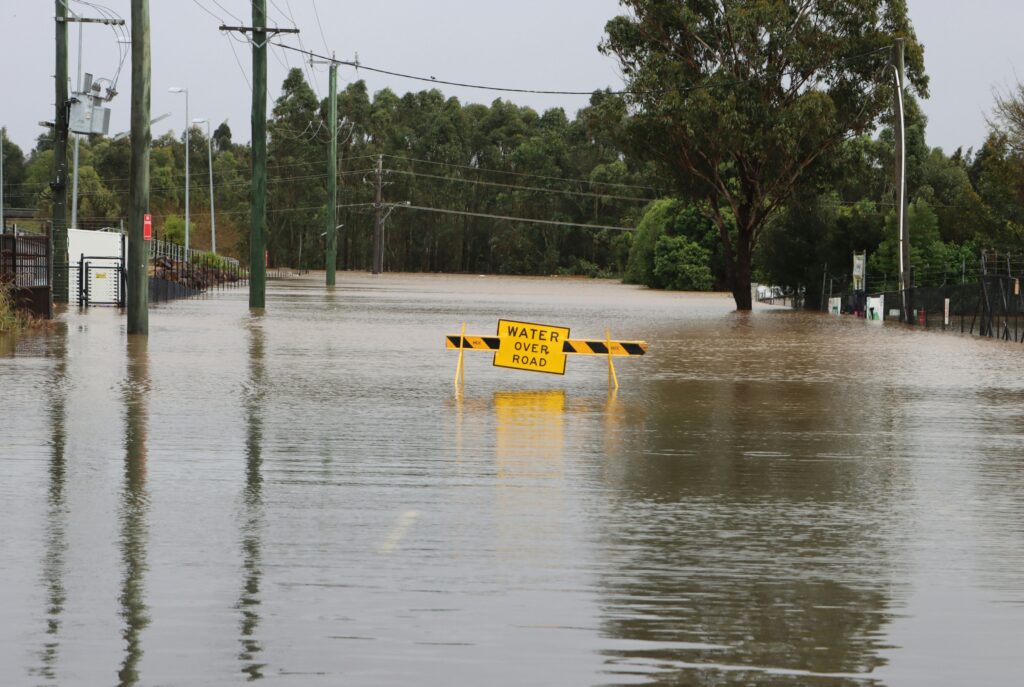Speaking of what everybody they know knows, New York Times columnist David Wallace-Wells recently exploited the tragic non-climate-related Texas floods to lament how dumbo ordinary Americans just sit there waiting for weather death instead of doing anything: “Too often, we’re responding to obvious threats of weather disaster less by properly adapting than by acclimating to them – with government offering a kind of shrugging indifference, too.” If only the hoi polloi were as smart and dynamic as his set. And then he did something: attribution science. Because “doing something” only seems to involve thinking approved thoughts about disasters, rather than actually doing anything to lessen their impacts.
Specifically, Wallace-Wells wrote that:
“These days, more and more disaster stories appear to be playing out far from the coasts, in defiance of naïve intuitions about climate risk and even of our recent experience of climate horror. Five years ago, I would have told you that the most searing reminders of the worsening crisis were images of wildfire. Over the last few years, though, I’ve been more and more struck by harrowing images of inland flooding, with cities and towns entirely overrun with water, their streets transformed into rivers, and everything trapped or left behind in them turned into so much flotsam. These images are surreal showcases of a novel-seeming disaster; taken together, they also sharply expand our conceptual model of defensible space.”
You speak for yourself, sir. Our “conceptual model of defensible space” starts with the mental space in which data do not simply confirm any trend you believe must exist. The author then offered a half-way-reasonable take on some key data before going totally bananas:
“In the United States, the database of billion-dollar disasters long maintained by the National Oceanic and Atmospheric Administration has drawn criticism in recent years, for failing to distinguish among the relative contributions of intensifying weather extremes, patterns of development and economic growth to eye-popping increases in the number of such disasters; this spring the Trump administration officially retired the database. But as a simple tally of dollars in damage, the database tells at least one undeniable and unmistakable story about the rapidly growing nominal cost of extreme weather.”
Like a Doppelganger of attribution science, he concedes that you can’t say such disasters are increasing then he says it anyway, by ignoring the crucial point that “nominal” utterly distorts the picture. What do they teach them in journalism schools?
Not skepticism, that’s for sure. Instead when you get an article “Europe hit by storms and wildfires after heatwave – is climate change also to blame?” you know it will break the rule that rhetorical questions in headlines are always answered “No.” So here Euronews instead shrills:
“Europe has been experiencing dozens of extreme weather events in recent weeks, from blistering heatwaves to raging storms. Many of these rapidly fluctuating phenomena have already been attributed in part to human-induced climate change. And they are only expected to increase in frequency and intensity due to global warming, scientists say, bringing further substantial damage and loss.”
This passage waves two other red flags. Or the same one twice, in the suspiciously collective passive voice of “have already been attributed” and “are only expected to increase”. Attributed by whom? Expected by whom? With reason?
Oh yes. Of course. Because experts say:
“Experts warn that Europe should brace for another summer of weather whiplash as it oscillates between droughts and floods.”
Experts here being, it seems, the entirely unbiased European Environment Agency. Oh, and:
“Climate data scientist Max Dugan-Knight at Deep Sky Research warns there is a clear link between the wildfires and climate change.”
Deep Sky Research being a totally unbiased outfit with a “Remove Carbon” button on its main web page that “analyzes the latest climate data and applies novel modeling techniques to understand and model our changing climate in a way that accurately represents the extreme climate we’re in.” Whether we are or not. And it’s part of Deep Sky that bills itself as “The World’s First Technology Agnostic Carbon Removal Project Developer”.
So exactly who you’d call to evaluate such a claim if you knew “Yes” was the only acceptable answer, complete with “hydroclimate whiplash” in case it rains, dries up, or does both in different places.
And another thing. A Heatmap item on the floods actually said flat-out that:
“the tragedy was ‘not really a failure of meteorology,’ UCLA and UC Agriculture and Natural Resources climate scientist Daniel Swain said during a public ‘Office Hours’ review of the disaster on Monday. The National Weather Service in San Antonio and Austin first warned the public of the potential for heavy rain on Sunday, June 29 — five days before the floods crested. The agency followed that with a flood watch warning for the Kerrville area on Thursday, July 3, then issued an additional 21 warnings, culminating just after 1 a.m. on Friday, July 4, with a wireless emergency alert sent to the phones of residents, campers, and RVers along the Guadalupe River.”
As we pointed out last week, Swain has a remarkable tendency to be the “experts say” in alarmist journalism about the floods. But if meteorology didn’t really fail, it really failed for a reason. Heatmap explains, or at least says:
“Climate change itself is another factor making storm behavior even less predictable.”
Now this statement is doubly preposterous. In the first place, what evidence exists that humans including meteorological humans used to do a better job of predicting storm behaviour than they do today? The sentence looks meaningful, for instance being grammatically sound. But it isn’t even a genuine factual claim, let alone an accurate one.
The second problem is that Heatmap and its ilk can maintain simultaneously that attribution science gets ever more reliable even as weather becomes less predictable than back in the day when it was completely unpredictable. Only the idiots who pay journalists’ salaries fail to grasp it.
Got it?



Native communities along the Yukon and other rivers have been there for centuries and endured frequent floods during spring break up. They know that such events will occur but the convenience of living next to a food source and transportation route overshadows a possible week or two of high water inconvenience, especially since they have a minimum of personal property. That's why they are in that particular location. Climate change has had nothing to do with it.
What is the connection between wind farms and the weather. The only research I’ve been able to find, has taken place in the UK. It indicated that, downwind of the offshore farms, there was a significant increase in rainfall. Just Google wind farms and see that north of Kerrville, Texas there is an area of wind farms.